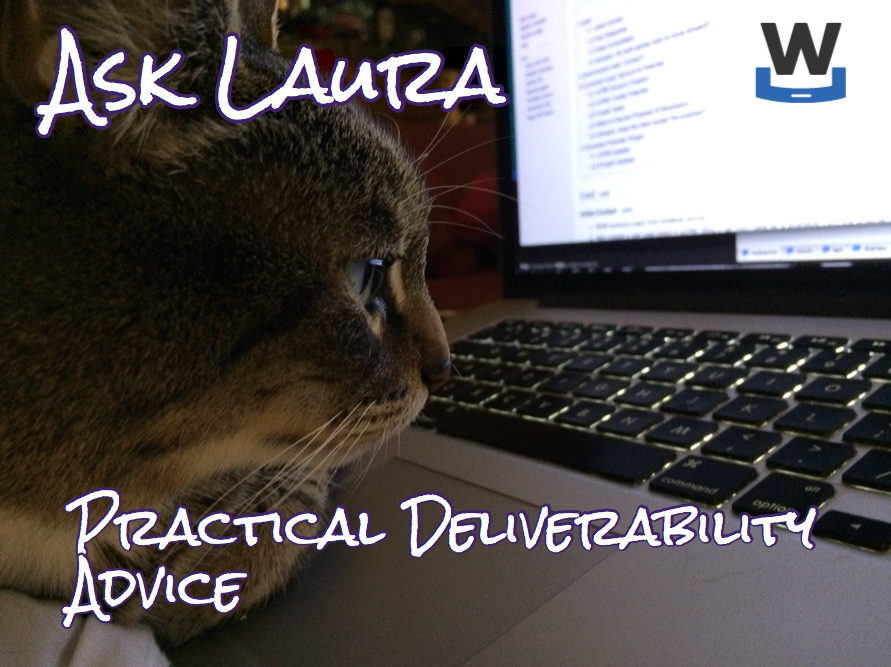Ask Laura: Does changing ESPs hurt deliverability?
Dear Laura,
We’re a small ESP and as we onboard new clients, we often hear them ask “Why did I get better open rates with our previous provider? There has to be something wrong with your platform!”
As part of the onboarding process, we meet with new clients to provide best practices and let them know they are building a reputation with ISPs on new IPs. We talk about how algorithms are constantly changing (one thing that worked yesterday might not work today) and I ask them to provide me the metrics so I can see for myself. In some cases, the metrics reveal that there is no issue, while in others, we do have lower rates.
How should I address this, in both cases?
Math is Hard
Dear Math,
I get this question a lot, too, from our clients who have made ESP changes.
My answer is usually that I don’t know how their previous company calculated their open rate (total sent? total sent minus bounces? total sent minus bounces corrected for inbox?) so they may not be measuring the same thing. I then go on to talk about other metrics: are they seeing similar patterns with click throughs and actions? Has revenue dropped?
I also talk a lot about how even seemingly minor changes in content and structure can change delivery. In many cases companies take changing ISPs as a chance to overhaul their sending program. This means lots of changes, from domains to layout and content through to subscriber additions. These all add up and can change open rates, too.
In general, I think it would serve you and other ESPs to be proactive in setting expectations with new clients that it is likely and normal that they will see fluctuations in engagement metrics as they move on to a new platform, and that you expect these rates to stabilize over the next few months.
Good luck!
Laura
Confused about delivery in general? Trying to keep up on changing policies and terminology? Need some Email 101 basics? This is the place to ask. We can’t answer specific questions about your server configuration or look at your message structure for the column (please get in touch if you’d like our help with more technical or forensic investigations!), but we’d love to answer your questions about how email works, trends in the industry, or the joys and challenges of cohabiting with felines.
